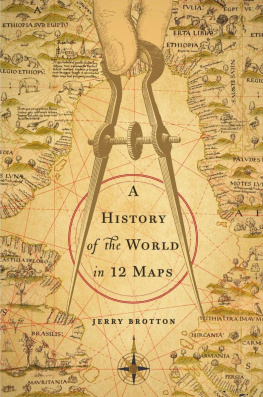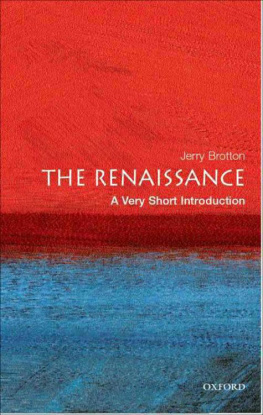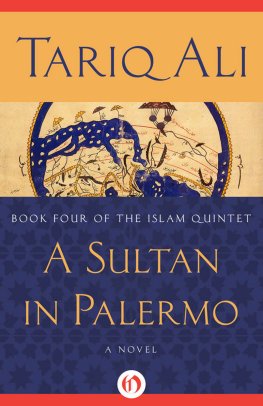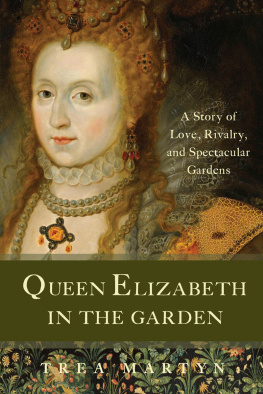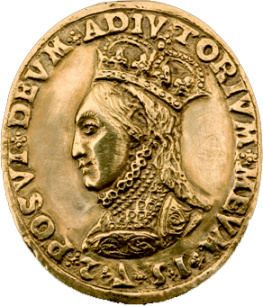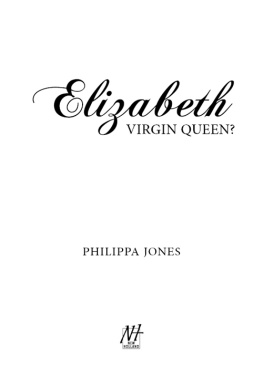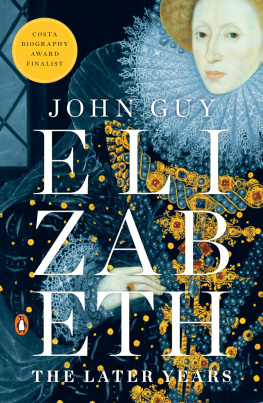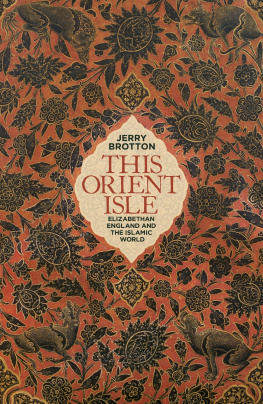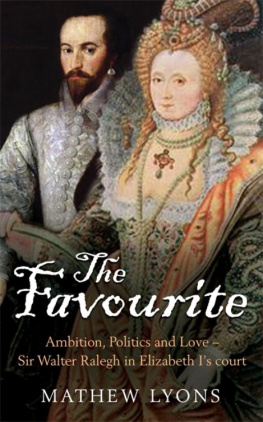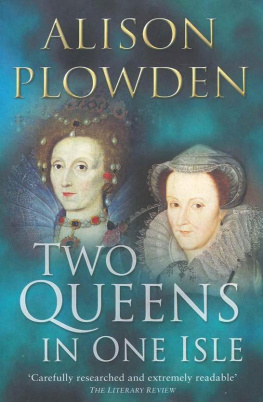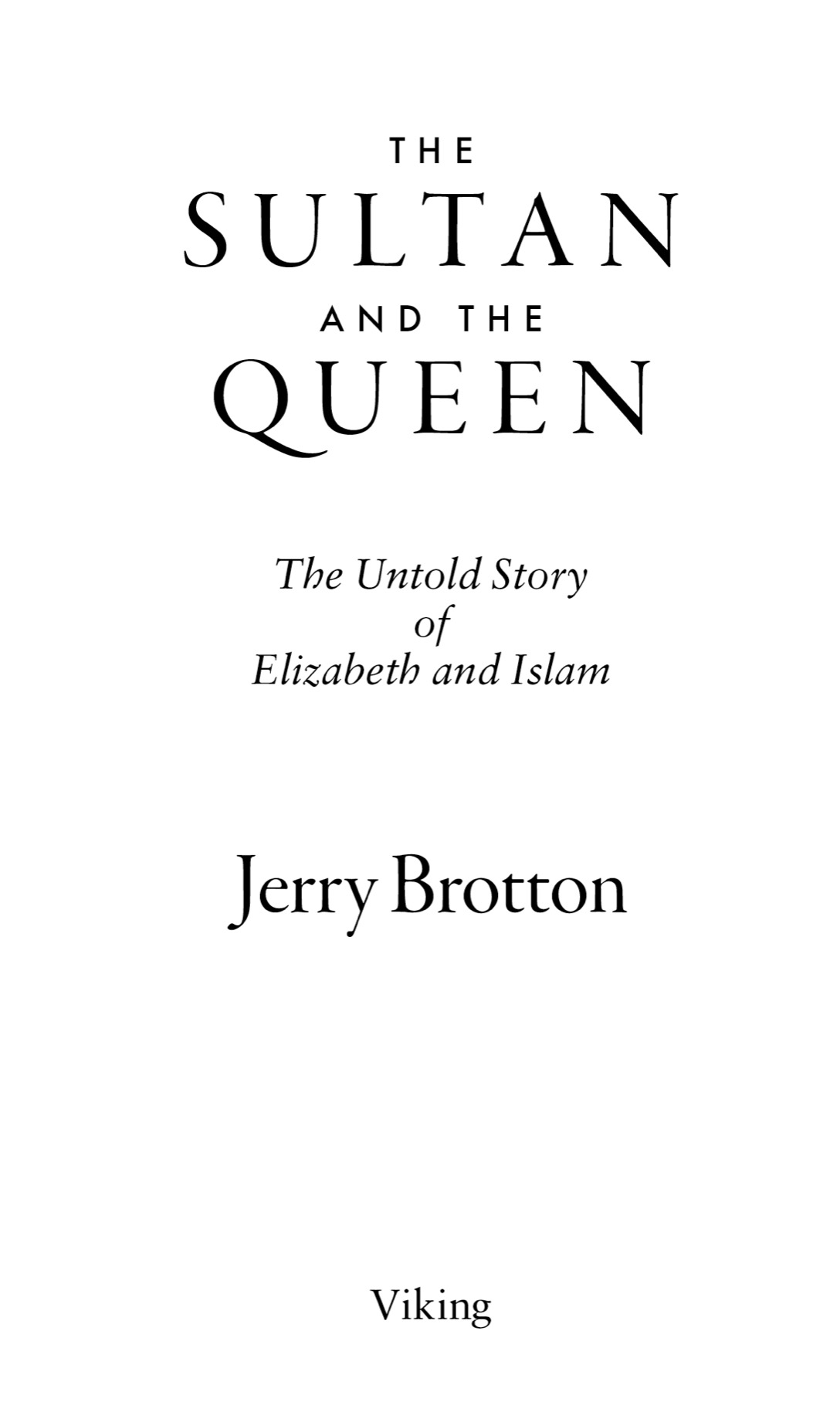Jerry Brotton - The Sultan and the Queen: The Untold Story of Elizabeth and Islam
Here you can read online Jerry Brotton - The Sultan and the Queen: The Untold Story of Elizabeth and Islam full text of the book (entire story) in english for free. Download pdf and epub, get meaning, cover and reviews about this ebook. year: 2016, publisher: Viking, genre: Non-fiction. Description of the work, (preface) as well as reviews are available. Best literature library LitArk.com created for fans of good reading and offers a wide selection of genres:
Romance novel
Science fiction
Adventure
Detective
Science
History
Home and family
Prose
Art
Politics
Computer
Non-fiction
Religion
Business
Children
Humor
Choose a favorite category and find really read worthwhile books. Enjoy immersion in the world of imagination, feel the emotions of the characters or learn something new for yourself, make an fascinating discovery.
- Book:The Sultan and the Queen: The Untold Story of Elizabeth and Islam
- Author:
- Publisher:Viking
- Genre:
- Year:2016
- Rating:3 / 5
- Favourites:Add to favourites
- Your mark:
The Sultan and the Queen: The Untold Story of Elizabeth and Islam: summary, description and annotation
We offer to read an annotation, description, summary or preface (depends on what the author of the book "The Sultan and the Queen: The Untold Story of Elizabeth and Islam" wrote himself). If you haven't found the necessary information about the book — write in the comments, we will try to find it.
An illuminating account of a neglected aspect of Elizabethan England: its rich, complex, and ambivalent relations with the Muslim world. The Sultan and the Queen is a fascinating and timely book.
Stephen Greenblatt, author of The Swerve
Long before Thomas Jefferson confronted the Barbary Pirates, Queen Elizabeth sent a secret message to the Ottoman Sultan Murad III, inviting him to open his markets to her merchants. Islam and the West crossed paths much earlier than we thinkand originally the Muslims had the upper hand.
When Elizabeth was excommunicated by the pope in 1570, she found herself in an awkward predicament. England had always depended on trade. Now its key markets were suddenly closed to her Protestant merchants, while the staunchly Catholic king of Spain vowed to take her throne. In a bold decision with far-reaching consequences, she set her sights on the Muslim powers. She sent an emissary to the shah of Iran, wooed the king of Morocco, and entered into an unprecedented alliance with the powerful Ottoman, setting the stage for Englands transformation from a peripheral player on the cold fringes of Europe to the hub of a global empire.
By the late 1580s hundreds, perhaps thousands, of Elizabethan merchants, diplomats, sailors, artisans and privateers were plying their trade from Morocco to Persia. These included the resourceful mercer Anthony Jenkinson, who met both Suleyman and the Magnificent and the Persian Sah Tahmasp in the 1560s, William Harborne, the Norfolk merchant who became the first English ambassador to the Ottoman court in 1582, and the adventurer Sir Anthony Sherley, who spent much of 1600 at the court of Shah Abbas.
This marked the beginning of an extraordinary alignment with Muslim powers and of economic and political exchanges with the Islamic world of a depth not again experienced until the modern age. By the late 1580s, thousands of English merchants, diplomats, sailors, and privateers were plying their trade from Morocco to Persia. To finance these expeditions, they created the first ever joint stock company, a revolutionary new business model that balanced risk and reward.
Londoners were gripped with a passion for the Orient. Elizabeth became hooked on sugar as new words like candy, turquoise, and tulip entered the English language. Marlowe offered up Tamburlaine and Shakespeare wrote Othello six months after the first Moroccan ambassadors visit. Jerry Brotton reveals that Elizabethan Englands relationship with the Muslim world was far more amicableand far more extensivethan we have ever appreciated as he tells the riveting story of the traders and adventurers who first went East to seek their fortunes.
Jerry Brotton: author's other books
Who wrote The Sultan and the Queen: The Untold Story of Elizabeth and Islam? Find out the surname, the name of the author of the book and a list of all author's works by series.


